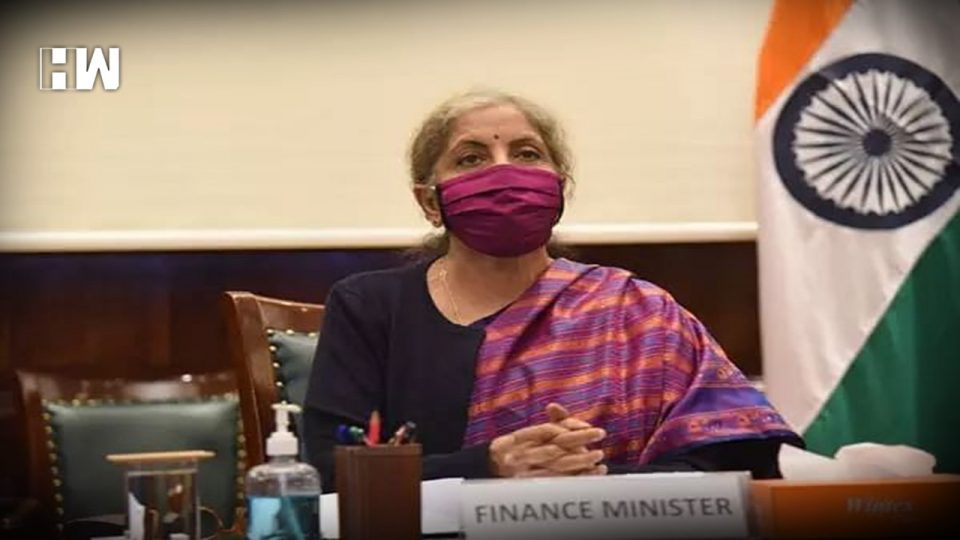If you go by the ground reality experienced by the common businessman, things have not changed in the manner the government claims.
With the Indian economy having contracted in two successive quarters of June and September 2020, India had entered into what is called technical recession i.e. decline in real GDP for 2 consecutive quarters. To us, with India’s GDP growth rate falling year after year since 2016, the economy was anyway slowing down towards a protracted recessionary phase. After all, while the real GDP may not have declined between 2016 to 2020, the real GDP growth rate did decline quarter after quarter and that’s the reality that we confront in our daily economics and livelihood. The contraction of the economy in Q1 and Q2 was short-lived, being due to the covid lockdown, but this year-to-year slowdown of the economy had been due to worrisome long-term structural deficiencies, which need a resolution.
With the economy still being shaky and uncertain, it was a relieved government that announced that as per the latest NSO statistics, the economy witnessed positive growth of 0.4% in Q3 of December 2020 and thus India was out of the technical recession. The Government as expected reiterated its claims of a V-shaped recovery. While many would doubt the veracity of this claim of hitting positive growth however negligible/minor to be, the likes of Dr. Subramanian Swamy challenged it saying that if a guestimate of the negative growth in the informal and the MSME sectors is added, as per the Paasche and Laspeyres Indices, it would be a negative growth rate of – 10% and not + 0.4%, as is claimed by the government.
If you go by the ground reality experienced by the common businessman, things have not changed in the manner the government claims. In the meanwhile, the news comes that GST collection in February 2021, touched Rs. 1.13 lakh crores, crossing a collection of Rs. 1 lakh crore per month for the fifth consecutive month, implying that growth is back. To avoid the truth from being lost in technicalities and jargon, let us look at the positives and the negatives emanating from the present state of the economy and do a fair assessment, whether there has been the stabilization of economic activity in India, and whether durable growth has indeed set in.
THE TOP POSITIVES
- GDP growth rate of 0.4%, in Q3 of 2020.
- GST collections cross Rs. 1 lakh cr. per month, for the fifth consecutive month.
- Foodgrains production expected to touch an all-time high of 303 million tonnes,
- Export orders buoyant, though the pace has slowed down.
- With corporate profits on an upswing, business confidence has improved.
- The fastest increase in demand for inputs by its manufacturing sector, as it seeks to rebuild inventory, expecting demand.
- RBI says that the Indian economy has turned a corner.
THE TOP NEGATIVES
- Job numbers have declined for the 11th consecutive month.
- Core sector growth remains subdued and in negative territory.
- The decline in the PMI Index of the manufacturing sector.
- Inflation has hit a 32 month high, with core inflation remaining untamed and stubborn.
- Contraction of credit to large industries and the infrastructure sector is a matter of concern.
- The labor-intensive informal and MSME sectors are still in pain, despite government measures.
- Growth in credit to the corporate sector has declined, with fresh investments by the private sector on the backburner.
- Consumer demand remains deflated and spending is not back.
- A huge build-up of NPAs in the banking sector is in the offing.
With such conflicting signals, it is easy to confuse than conclude. In such an uncertain situation, it is important to wait and watch, with a sharp focus on the most relevant parameters of fresh investments, jobs, and consumer spending, the revival of which will signal stabilization of the economy and resumption of durable growth. A consistent improvement in these three parameters i.e. investments, jobs, and consumer spending would mean that growth is back and at present none of them have come to life.
As an independent media platform, we do not take advertisements from governments and corporate houses. It is you, our readers, who have supported us on our journey to do honest and unbiased journalism. Please contribute, so that we can continue to do the same in future.

